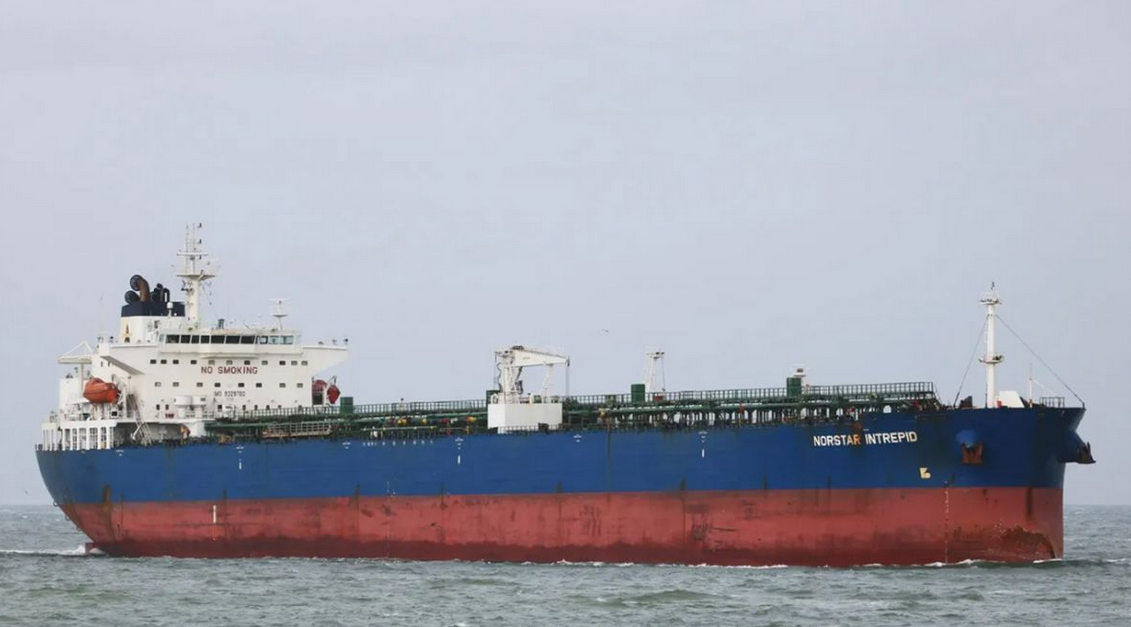
NATO chief Mark Rutte made the announcement on December 27 after discussions with Finnish President Alexander Stubb regarding the Finnish-led investigation into the incident.
Rutte took to social media platform X (formerly Twitter) to express solidarity with Finland and Estonia, stating, “I expressed my full solidarity and support. NATO will enhance its military presence in the Baltic Sea.”
The incident occurred on Christmas when the Estlink 2 submarine cable, which transmits electricity between Finland and Estonia, was severed. The disruption follows a similar incident in Swedish territorial waters in October, raising concerns about critical undersea infrastructure security in the Baltic region.
President Stubb reassured the public, stating, “We’ve got the situation under control, and we have to continue to work together vigilantly to make sure that our critical infrastructure is not damaged by outsiders.”
Fingrid, Finland’s national grid operator, said that the damage to Estlink 2 did not jeopardize the country’s electricity system, though repairs can take several months.
Finnish authorities are treating the incident as “grave sabotage,” with Robin Lardot, director of Finland’s National Bureau of Investigation, leading the probe.
A key focus of the investigation is the oil tanker Eagle S, which sailed from a Russian port and is suspected of being part of Russia’s so-called “shadow fleet.”
Officials alleged that the tanker’s anchor may have caused the damage. The ship, flying the Cook Islands flag, was en route to Egypt’s Port Said when the incident occurred. The Finnish authorities have already seized the vessel.
Estonian Defence Minister Hanno Pevkur also announced increased naval patrols to safeguard undersea infrastructure, noting Tallinn’s readiness to defend its power connections through military and non-military means.
Finland and Estonia are connected by two high-voltage DC submarine power cables. EstLink 1 became operational in 2007, followed by EstLink 2 in 2014. A third connection, EstLink 3, was announced in 2022 and is expected to be completed by 2035.
EstLink 2, which stretches over 170 kilometers with around 147 kilometers submerged beneath the northern Gulf of Finland, was offline earlier this year in January and only resumed operations in September.
The Baltic region has become a hotspot for concerns over critical infrastructure security, especially in the wake of Russia’s 2022 invasion of Ukraine.
A series of incidents in recent months, including sabotage of undersea cables and pipelines, has raised alarms about vulnerabilities in the region’s energy and communications networks.
In November, a telecommunications cable linking Finland and Germany was severed, while an internet connection between Lithuania and Sweden’s Gotland Island was disrupted around the same time
These incidents followed an explosion in 2022 on the Nord Stream gas pipelines between Russia and Germany, which German prosecutors are still investigating.
Adding to the string of incidents, in October 2023, a natural gas pipeline between Finland and Estonia was damaged. Finnish authorities later concluded that the damage was caused by a Chinese container ship dragging its anchor.







